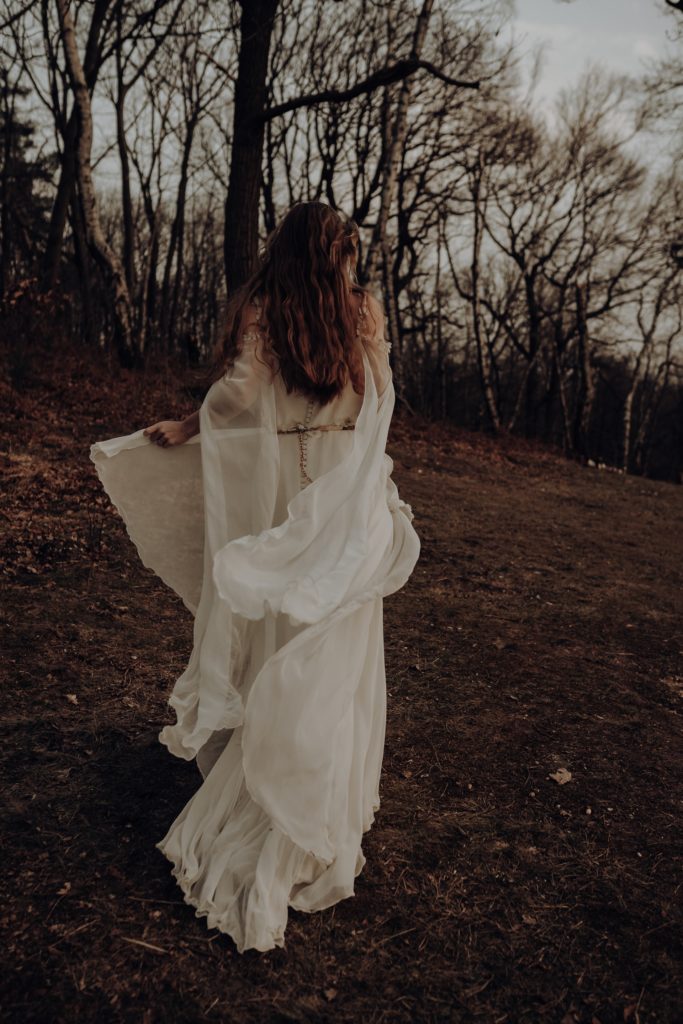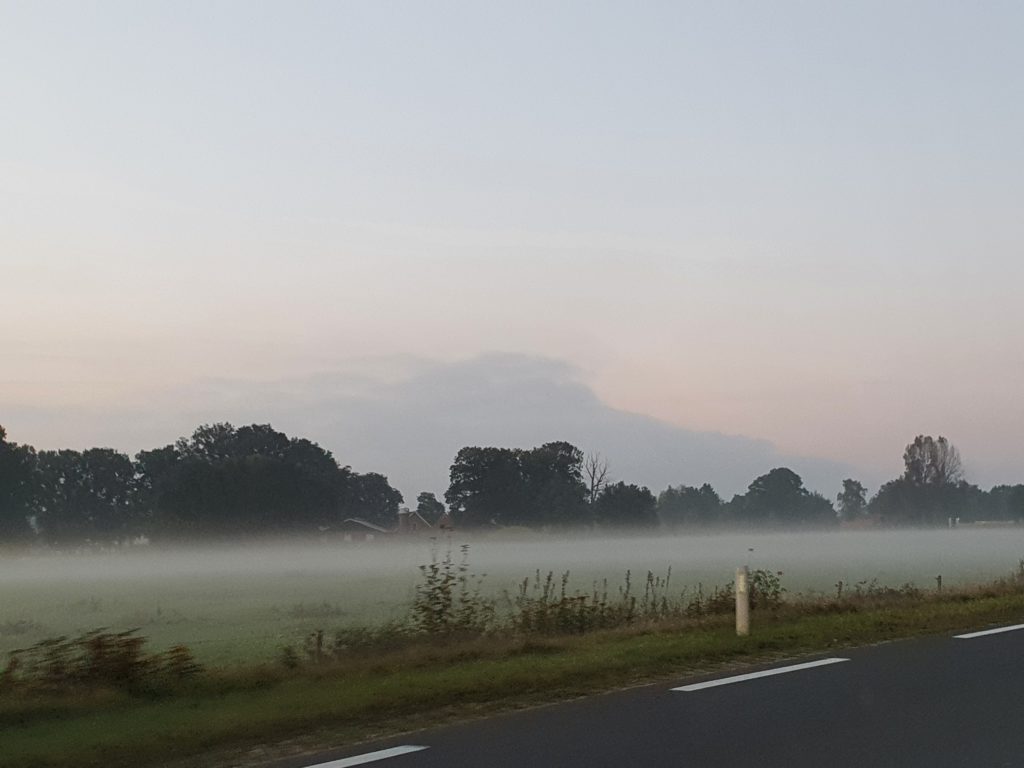What are Witte Wieven? Posted by Sten on Oct 26, 2021 in Culture, Dutch Vocabulary, History, Travel & Geography
Like many other originally Germanic places, the Netherlands has some folklore that hails from this time. Today, I want to briefly discuss witte wieven, a mythical figure that is still used in the Dutch language today. What are witte wieven, and what does it mean these days?
Witte Wieven – Mythical Dutch Ghosts
Witte wieven is dialect, and means witte vrouwen (white women) in Dutch. The singular is wit wief (white woman). There are many other names for Witte Wieven, such as witte juffers, joffers, jomfers, wiefkes and olde witten. That alone should tell you that this term has been around for a while!
A wit wief is a female figure that exists in sagas and folkloristic stories. Sometimes they’re goedaardig (benign), sometimes they’re kwaadaardig (evil). Generally, they won’t do anything to you if you don’t mess with them.
The belief is that these figures live in moerassen (swamps) and in other abandoned places. Monolithic places, like hunebedden (dolmen) would be a living quarter for witte wieven. According to the overlevering (lore), the witte wieven are almost always dressed in white, which would explain the name.
While witte wieven are a mythical figure all over Europe due to their old origins, the Netherlands also has plenty of own stories. I am from the East of the country, and I’ve heard of some before. Wikipedia has a pretty nice list of some stories in Dutch!
However, the term is still in use today and has another implication too – nevel (fog).
Witte Wieven as mistbanken
The other, more common idea of witte wieven these days are heavy mistbanken (fog banks) that frequently occur in the Dutch countryside. When I went home this month, I saw plenty, and above you can see a picture I took. The term is still in use, mostly in the east of the Netherlands, referring to such mistbanken.
When you look at them, these thick, white clouds, you could be forgiven for imagining that there are mythical creatures lurking inside. The way they move, the way they just sit there and vanish can be quite frightening, indeed. Imagine being a farmer who has to tend to his fields in the morning, and he’s greeted by cold, wet fog banks – I am not surprised that folkloristic stories became a thing! Especially since they usually appear either early in the morning or late in the evening. They normally don’t appear during the day.
Have you seen witte wieven in your country before? Is there a version of this where you’re from? Are there other mythical creatures/terminology that you’ve heard in the Netherlands you’d like to have explained? Let me know in the comments below!

Build vocabulary, practice pronunciation, and more with Transparent Language Online. Available anytime, anywhere, on any device.





